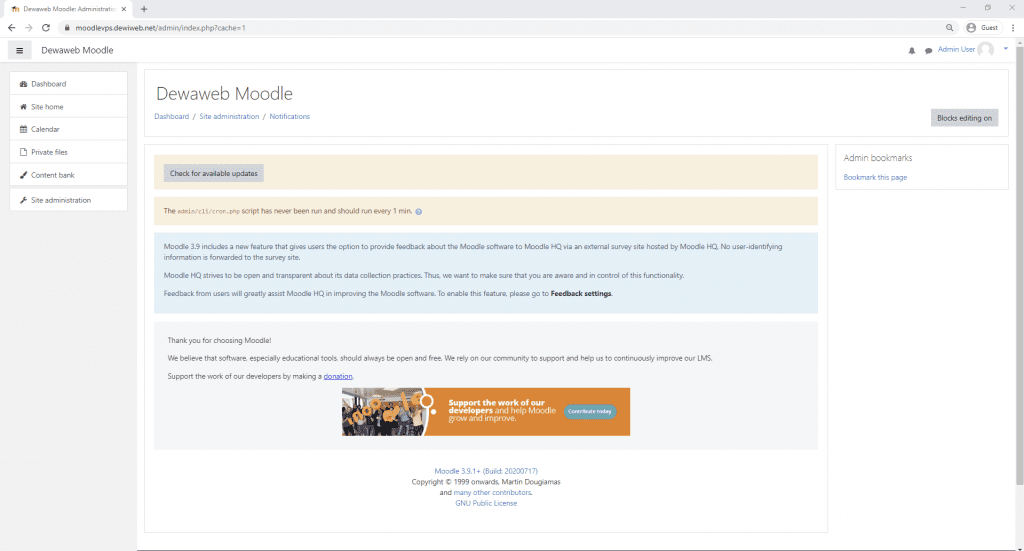

You can also update all outdated local packages by doing npm update without any arguments, or global packages by doing npm update -g. Make sure to use sudo npm install -g npm if on a Mac. Please note that this command will remove your current version of npm.

The following original answer is from the old FAQ that no longer exists, but should work for Linux and Mac: How do I update npm? npm install -g npm Npm -version Step 4 – Test Node Js ApplicationĬreate one file name server.js and add the following code into it: const http = require('http') Ĭonst server = http.This command will update all the packages listed to the latest version (specified by the tag config), respecting semver.Īdditionally, see the documentation on Node.js and NPM installation and Upgrading NPM. Once Node.js and NPM are installed, check whether Node.js and npm are working correctly as follows: node -version Then execute the following command on command line or prompt to install Node.js and NPM package manager on CentOS 8 from the official package repository of CentOS 8: sudo dnf install nodejs Step 3 – Verify Node Js Installation Use the following command on terminal to install node js 17 version on centOS: sudo dnf install -y gcc-c++ makeĪnd the following command on terminal to install node js 16 version on centOS: sudo dnf install -y gcc-c++ make curl -sL | sudo -E bash. Use the following command on terminal to install node js 18 version on centOS: sudo dnf install -y gcc-c++ make curl -sL | sudo -E bash.


Just follow the following steps to install node js 16/17/18 on centos 8 system from official repository: How To Install Node.js 16/17/18 on CentOS 8 Also given an example in this tutorial that how can we use node js in centOS 7/8 after installing it. With the help of this tutorial, we can easily install node js 16, 17, and 18 version in our centOS 7/8 machine. Install node js 16/17/18 on CentOS 8 Through this tutorial, we will learn how to install node js 16/17/18 on centOS 8 system using terminal.


 0 kommentar(er)
0 kommentar(er)
